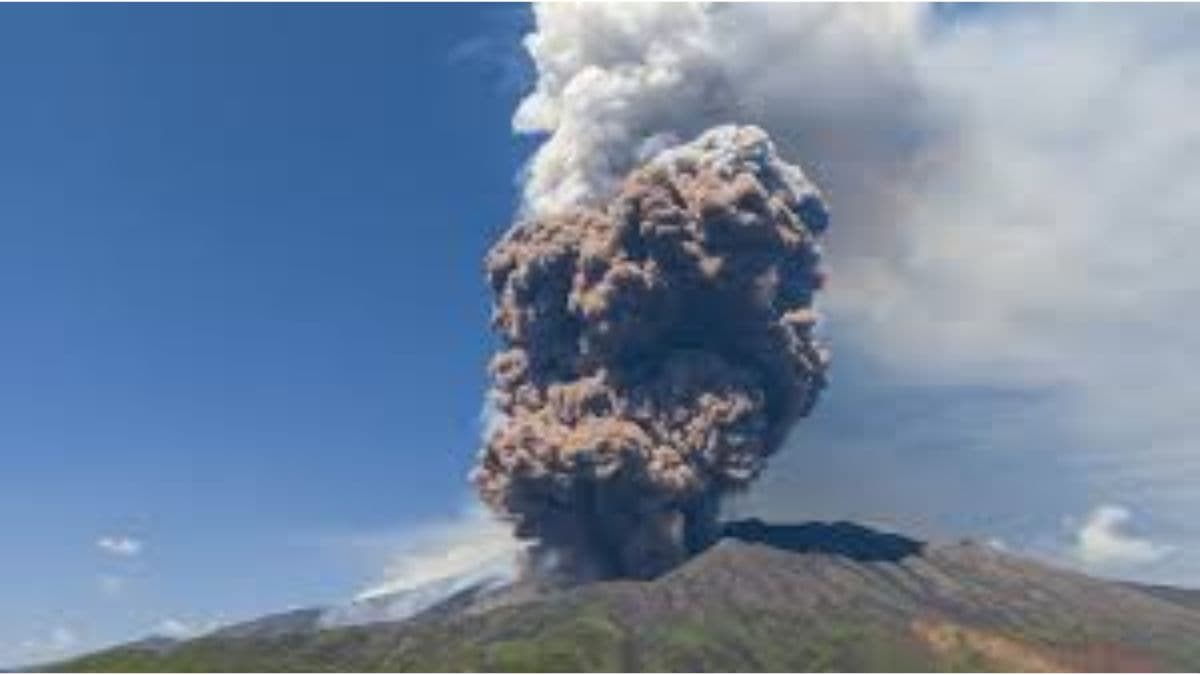Massive Russia Earthquake Triggers Rare ‘Parade’ of 7 Kamchatka Volcanoes

In late July 2025, a magnitude 8.8 earthquake struck off Russia’s Kamchatka Peninsula, triggering a rare series of volcanic eruptions. Scientists report that within days six or seven of the region’s volcanoes erupted in succession—an occurrence not seen in nearly 300 years. Experts described the event as an “extremely rare phenomenon” or “parade of volcanic eruptions”. These volcanoes lie along the Pacific “Ring of Fire,” a zone known for frequent seismic and volcanic activity. The area is sparsely populated, so the immediate risk to local communities is low, although ash plumes could disrupt air travel. Experts are monitoring the situation.
According to the Far Eastern Branch of the Russian Academy of Sciences’ Institute of Volcanology and Seismology, the 8.8-magnitude quake set off eruptions in seven Kamchatka volcanoes. The agency noted this was the first time in nearly 300 years that so many had erupted simultaneously, and its director Alexey Ozerov called it a rare “parade of volcanic eruptions”.
Active vents include major peaks such as Russia’s Klyuchevskaya Sopka, Shiveluch, Bezymianny, Karymsky and Avachinsky. Notably, Krasheninnikov — dormant for about 500 years — erupted after the quake, and heat anomalies at Mutnovsky hint at a possible seventh eruption. The Kamchatka Volcanic Eruption Response Team also reported ash plumes from Klyuchevskoy Volcano. The peninsula hosts about 29 active volcanoes.
Geophysicist Paul Segall noted that large subduction-zone quakes can trigger eruptions – for example, the 1960 Chile quake was followed by multiple volcanoes erupting. He said such quakes alter crustal stresses, making magma easier to reach the surface. Segall cautioned that it is “still too soon to characterize” the recent events. Kamchatka is normally very active: 40–50 volcanoes erupt worldwide at any time, and Kamchatka has 29 active volcanoes. Klyuchevskoy had been restless before the quake, and the event likely “increased the vigor” of its eruption.
Harold Tobin told Live Science in an email that even the first Krasheninnikov eruption in centuries may be “a very strong coincidence” or triggered by the quake’s seismic waves.